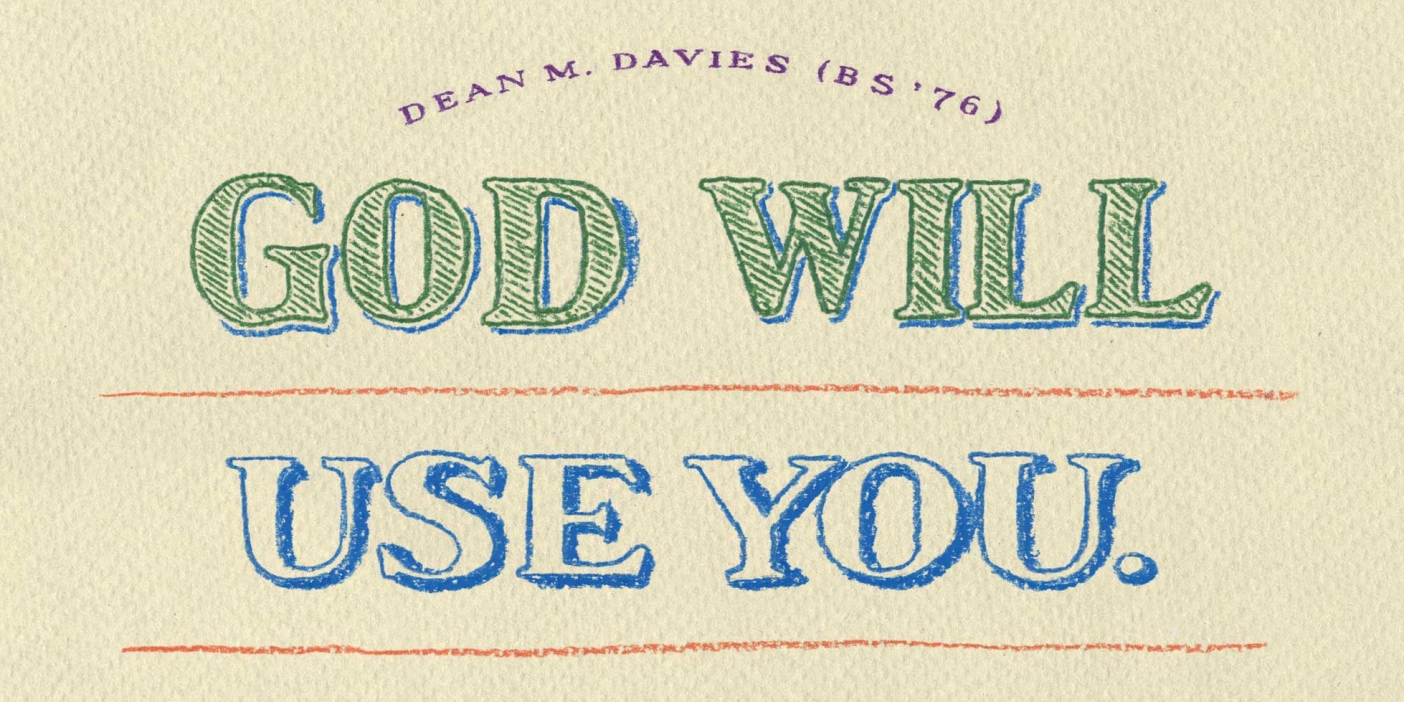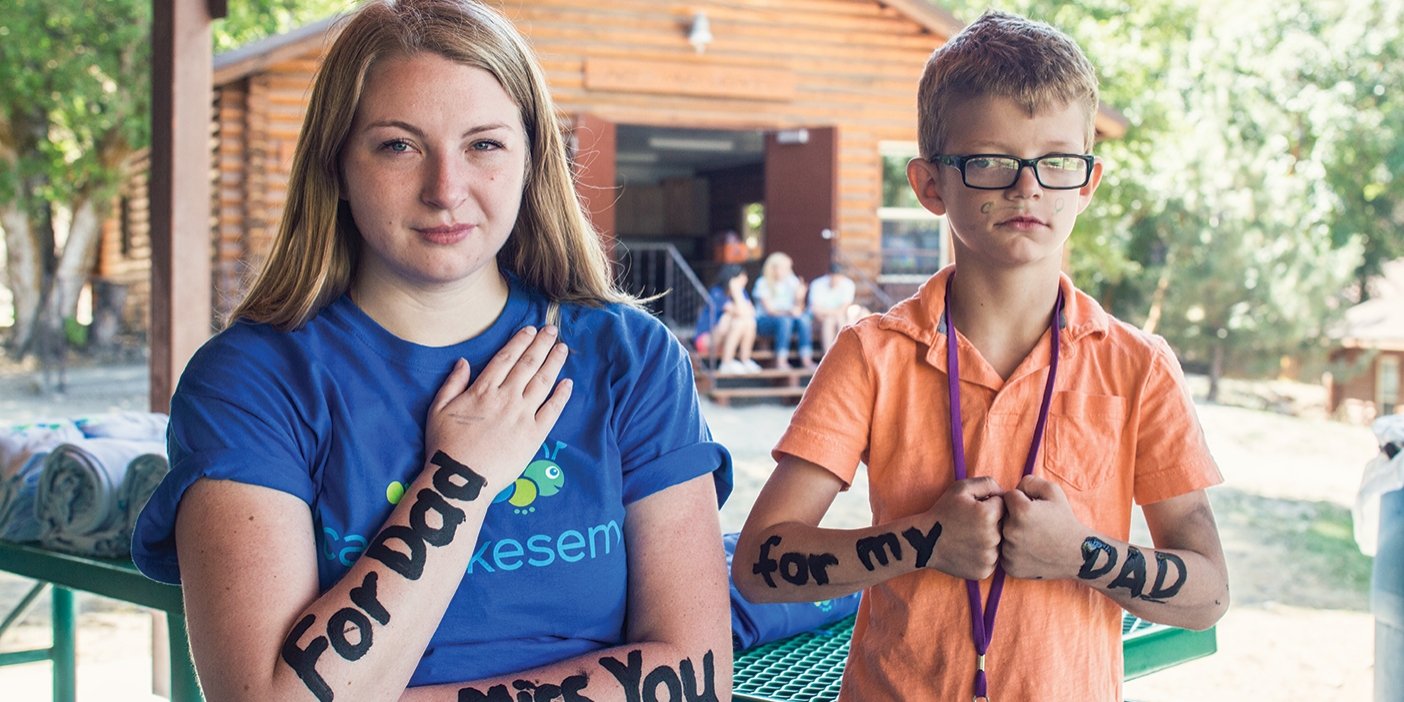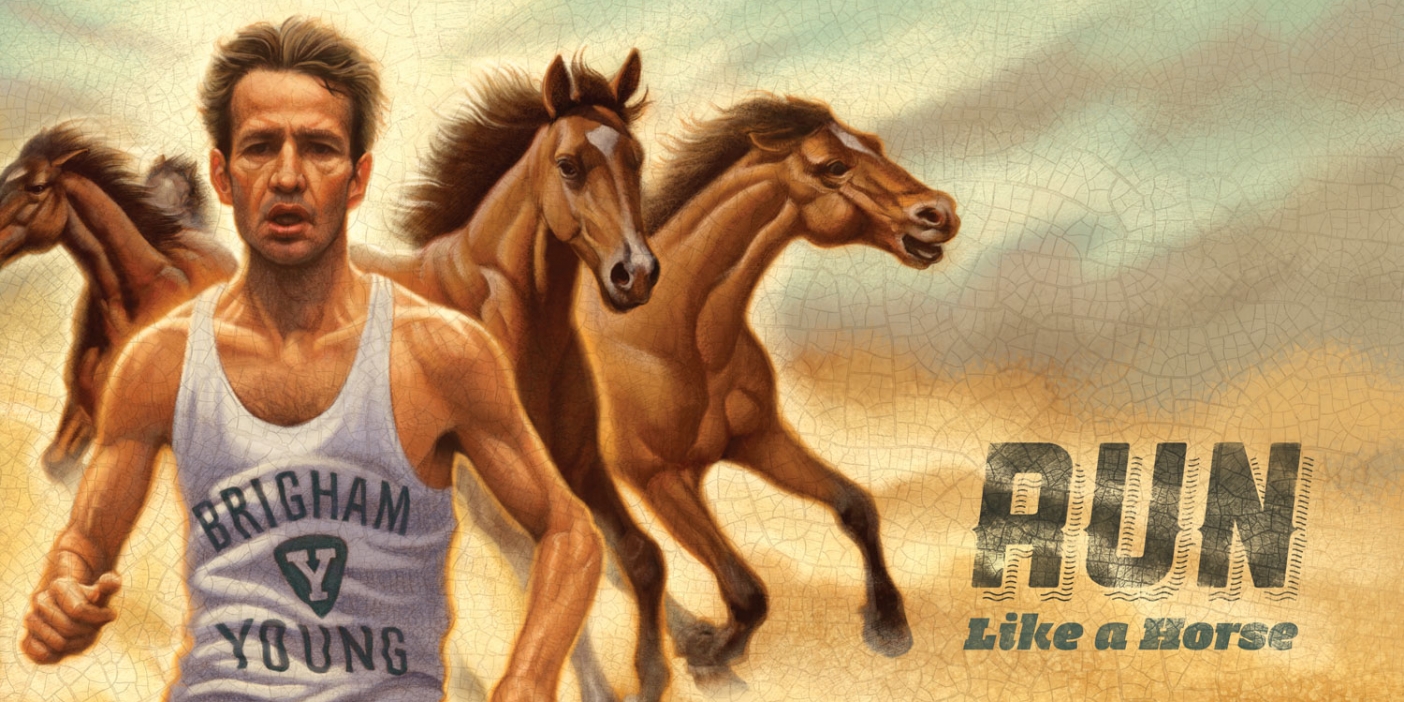The Roots of Generosity
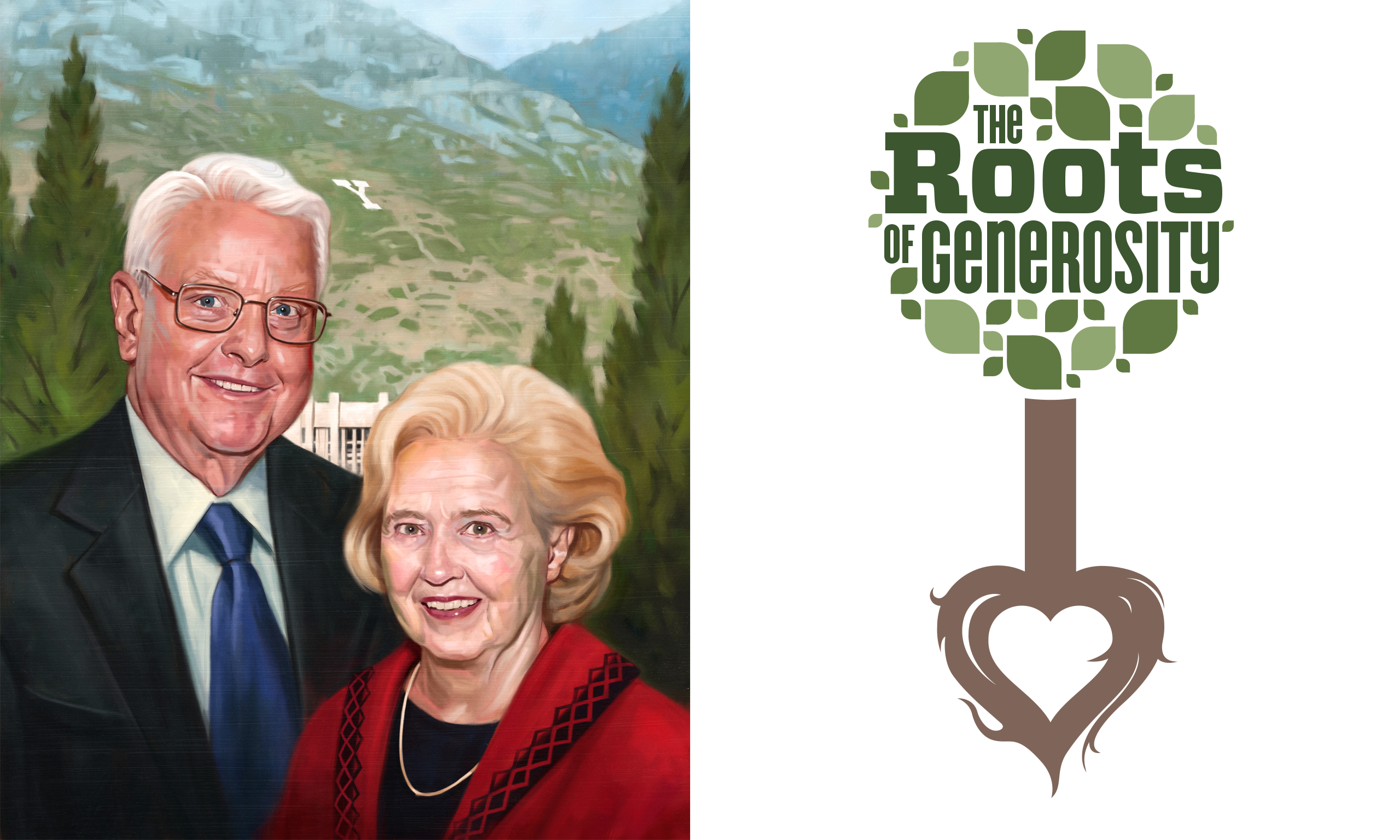
From trees to art to building scholarships, Jack and Mary Lois Wheatley have enriched the landscape of BYU.
By Charlene Renberg Winters (BA ’73, MA ’96) in the Winter 2013 Issue
When Jack and Mary Lois Wheatley brought their oldest child to BYU in the early 1970s, Jack thought the majestic Wasatch Mountains framing the east side of campus were spectacular and the clean-cut students were equally admirable. He was far less impressed, however, with what he considered the university’s no-frills landscape.
“BYU had undergone a massive building program, but the landscaping was bland,” says Jack, a successful Palo Alto, Calif., builder and developer. “I wanted the students to experience college surrounded by beauty, and I decided to jump in and help transform the university by donating trees.”
The West Point–trained engineer and prize-winning designer, who would later receive a landscaping award from the Jimmy Carter White House, had worked with several California universities not only on their buildings but also on landscapes and waterways. His desire to give BYU students a campus that encouraged introspection and learning in a picturesque environment was fueled, in part, by the artistic sensibilities of his wife, who had graduated in art from the University of Utah and had studied art in New York City.
A few trees for BYU became dozens, then hundreds, and, eventually, thousands. The “tree man,” as Jack was nicknamed, also assisted with their placement, and over time, the trees became the roots of a powerful model of generosity. In the last 40 years, the Wheatleys’ gifts have touched every corner of campus. From the Museum of Art to the Hinckley Center to the Jerusalem Center and from humanities to engineering to the library, the Wheatleys have supported programs, facilities, faculty, and students all across campus. And their involvement has gone deeper than the giving of money; the Wheatleys, who never attended BYU themselves, have become champions for the university, actively leading volunteer groups and recruiting others to help move the school forward. Recently the Wheatleys received national recognition for their educational philanthropy when the Council for the Advancement and Support of Education presented them with the 2012 Distinguished Friend of Education Award.
“The first undertaking I remember with Jack are the giant columnar oaks along Lee Lane on main campus,” says Roy S. Peterman (BS ’72), BYU’s grounds director. Peterman has worked with Jack for nearly four decades to reach shared goals in the campus landscape. “We have developed an atmosphere where an individual can enjoy his or her space, gain inspiration and, we hope, emerge with new ideas that will benefit the world.”
Whenever he visits BYU, Jack likes to immerse himself in the campus by taking walks. “I go to different places where there are plazas or quadrangles or views of the mountains, and I think about what more I could do to fulfill some of BYU’s needs,” he explains. “I always want to raise this institution a few feet from where it is now. I like to find a need and fill it.”
Idaho Roots
Besides his intelligence and work ethic, there was little in his circumstances to suggest the young Jack Wheatley would one day have the means to become one of the most significant donors in the history of BYU. The youngest of five, Jack spent his childhood in Robin, a humble corner of southeastern Idaho near a gap between two mountains. Too small to be called a town or even a village, Robin does not even register as a speck on a map, but Jack remembers it as a community where people helped one another. “I always remember the giving nature of my friends and neighbors there.”
Jack learned to work hard on a thousand acres of farmland. “By the time I was 7 or 8 years old, I arose early every morning to milk cows, and as I got older I was assigned other jobs,” he says. “I learned the value of working hard.” By the time he turned 11, his older brothers had left home, and he started driving a tractor through the wheat fields.
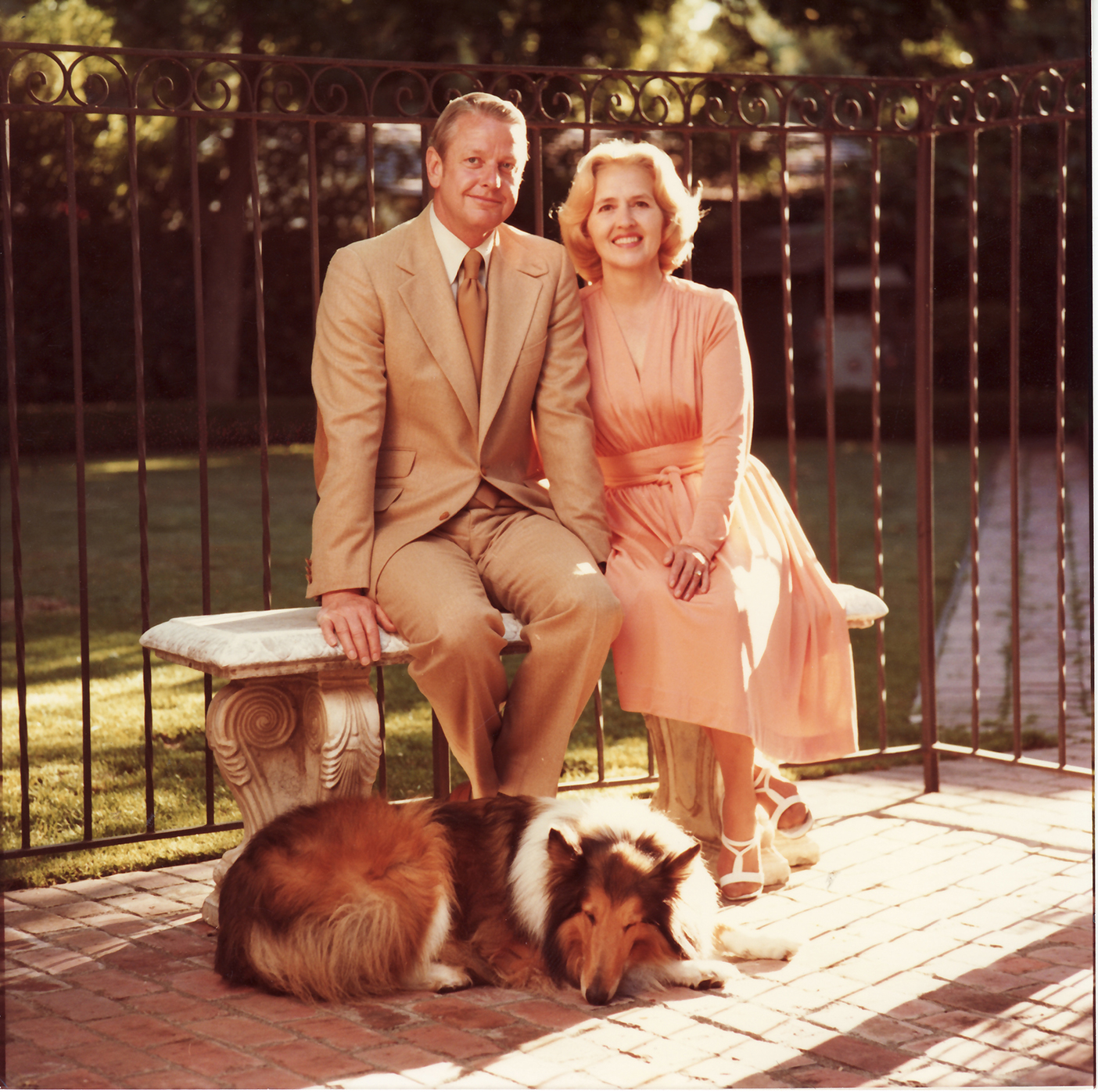
Jack’s commitment to hard work became a defining trait that has borne fruit throughout his life. His daughter Elizabeth Wheatley Lambert (’79) said she appreciated growing up in a home where work was a definite value. “My father’s example of being willing to work hard has helped me immensely and is something I have tried to pass down to my own children.”
Like other young American men in the 1940s, Jack had planned to join the military and help in the war effort, but World War II ended before he turned 18. “I didn’t know what I was going to do with my life,” he says. “I just knew it was not farming.”
Jack may not have had specific plans, but his mother knew his future would include college. He had always done well in the classroom and still has a school program listing him as valedictorian of the eighth grade—he had been one of four students. His parents arranged a family move to Pocatello, Idaho, so Jack could get a better high school education.
“I hated living in such a big place,” he says. “Pocatello High School seemed huge; it had approximately 1,400 students. My father had a church assignment that took him back to Robin on the weekends, and I would beg to go home.” His mother, however, insisted he finish high school in Pocatello.
After high school he briefly attended the University of Idaho Southern Branch (now Idaho State University) in Pocatello before moving on to West Point in New York. He liked the training and discipline indigenous to a West Point education, and he especially appreciated the leadership emphasis. As a bonus, he and his fellow cadets received royal treatment whenever they went to New York City for parades and other events. “We wore our uniforms and were considered the greatest military corps on earth,” he says. “We represented the defense of liberty, freedom, and the republic. The city opened its arms to us, and the West Point experience changed my life.”
Simultaneously, Mary Lois Sharp also redefined his life. The two met in New York City and almost immediately he decided she was the woman he should marry. But Mary Lois needed some convincing. She was dedicated to her studies at the Art Students League and embraced life in New York. Mary Lois had several men interested in her and was in no hurry to marry. When Jack was sent to Korea following the outbreak of war there, the couple exchanged letters. Although Mary Lois encouraged his military service, Jack had no idea whether she was interested enough to consider him a serious suitor. She was, and the couple married in 1952.

“The person most surprised that the romance came alive was me,” he says. “Mary Lois has been and is the light of my life. To me, she represents everything: personality, natural beauty, a gift for motherhood, and an appreciation for art. She comes from an artistic line of ancestors, and I came from one where we were lucky to have the wall, without considering the painting on the wall.”
After the Wheatleys married, their trips to New York City inevitably included visits to art museums. “We would go to the Metropolitan [Museum], for instance, and I would have no idea what I was seeing. Mary Lois did, though, and she would teach me. She has elevated me in so many ways.”
The couple lived in Washington, D.C., and Missouri, where he served as a military officer with the corps of engineers working on air fields, ammunition plants, shipping, and river management projects. Although Jack enjoyed the work, he reluctantly resigned at the end of his commitment.
“There were things I wanted to accomplish in the Church, with my family, and in my profession,” he explains. “I felt I had repaid the government for my education, having spent a year and a half in the hot war [Korea]. The Army was ready to send me back to school for a longer commitment, so it was sort of time that you had to make up your mind if you were going to stay in for 20 or 30 years or if you were going to do something else.”
Building a Business, Building a Family
That something else was building. “I wanted to be doing things myself, not just overseeing some other contractor doing it,” he says. The Wheatleys eventually relocated to California, where Jack began building homes with a brother in Palo Alto. His real interest, however, was in commercial projects, something he had been exposed to in the military. As a partner with one of his former employers and mentors at Jacobsen Construction, he pursued office, educational, and commercial structures, and he formed a joint venture with Jacobsen to build the Church’s Oakland California Temple, where Jack appreciated that the highest quality materials and workmanship were the expectation.
He also did extensive work for Stanford University, including in the Stanford Industrial Park, and he became adept at planning, siting, and landscaping the area around his buildings. He terminated his construction business in the 1980s but continued to maintain a thriving real-estate development company.
As business grew the Wheatleys became prosperous—and busy. Their son Charles S. Wheatley (BS ’85) remembers a father who had high expectations for his family while he served as a bishop, was on the city council and spent a term as mayor of Palo Alto, ran a business, and shared his abundance with others.
“Mother never complained about the long hours my father spent in Church callings,” says daughter Victoria Wheatley Schmidt (BS ’78). “At an impressionable time in my teenage years, she pointed out to me the materialistic, egotistical, and harsh influences of the business world on a man and said she appreciated the spirit of humility, love, and devotion to family he brought home following his bishopric meetings.”
The children say they grew up in an atmosphere that was at once generous and frugal. “Even though our mother occasionally would buy us something beautiful to wear, Victoria and I ended up sewing a lot of our own clothes,” daughter Elizabeth Lambert says.
The Wheatley children remember that while their father was involved in service and work, Mary Lois had a major role in seeing that her children performed at their very best.
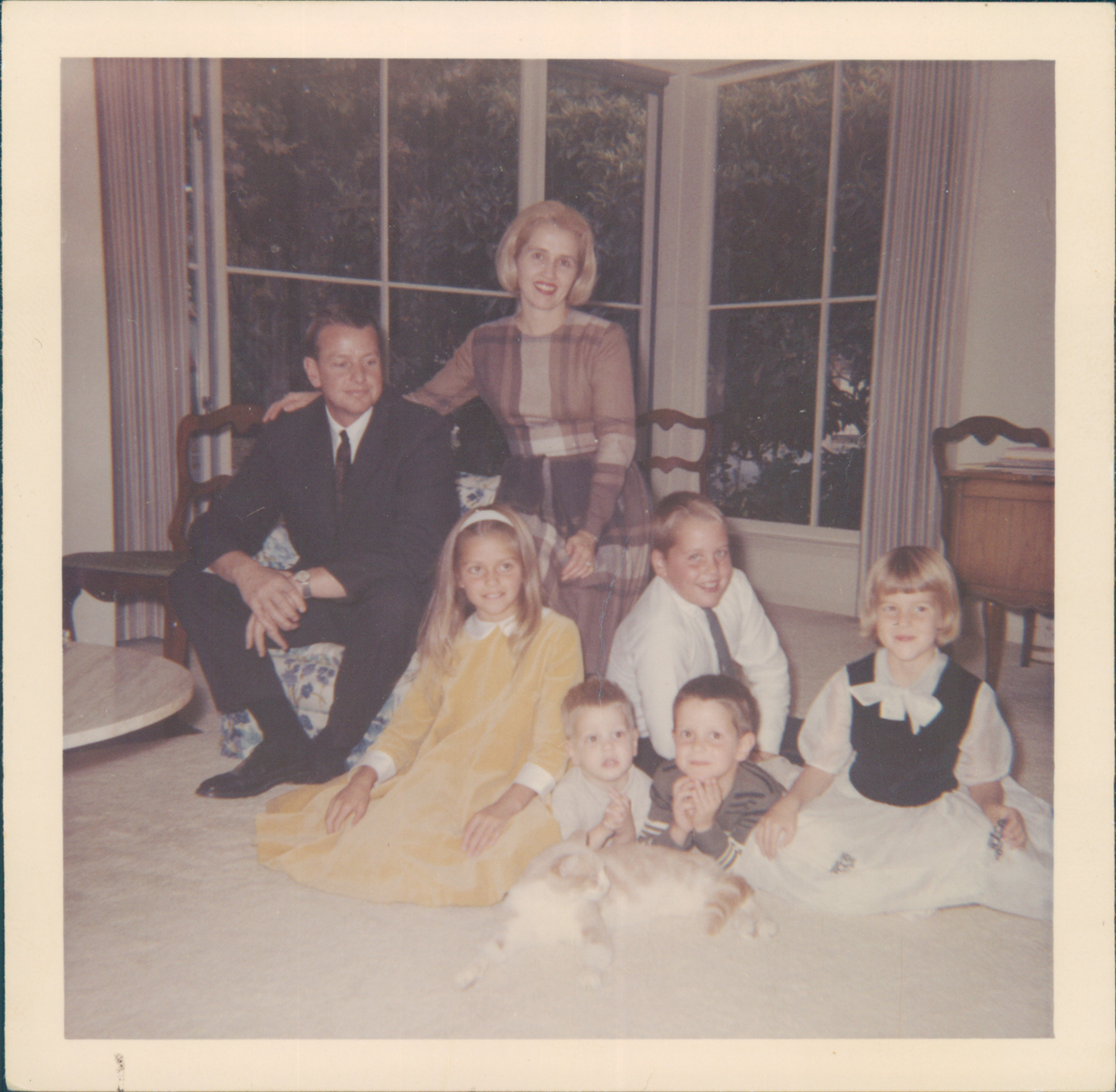
“She has been an irresistible influence for good,” says son Robert J. Wheatley (BA ’82, MBA ’84). “She was so fun, and she always made sure we knew she loved us. At the same time, she made a consistent and persistent effort to have us come to know our Heavenly Father and to appreciate our Savior.”
Mary Lois encouraged her children to develop their talents and gain an understanding of beautiful music and the arts. “She liked to see the world through a frame which she could fill with art,” Robert says. “She, and our father, too, have different lenses for seeing things. Our mother taught us to look through at the world as artists and see the beauty around us. It is easy to walk around and be lost in our own thoughts, and our parents taught us to have heightened awareness.”
For Jack’s part, he taught his children to be aware of the needs they could help meet through philanthropy. He started a family foundation through which each child would suggest projects they thought were worthwhile, and he helped them get started. Lambert, for example, contributed toward the effort to help inner-city Atlanta schools turn around low graduation rates.
Robert has worked closely with his father in California on real-estate and other building projects, and his father suggested they donate the sales from one of their first buildings. “I had a young family and did not yet have my own home, but the more I thought about it, the more I wanted to participate,” remembers Robert. The sales from the building helped with the expansion of BYU’s Harold B. Lee Library in the late 1990s.
“This was my first significant experience with giving, which led to serving on the library board,” Robert adds. “Our father has forced our minds to look at what would be beneficial and how we could be useful and helpful to others.”
Jack Wheatley has taught his children to live by the motto he adopted for himself: “Weigh success not in gain but in improvements to the world.”
Together Jack and Mary Lois served two missions, first when Jack was mission president in Colorado and later as missionaries in Portugal. While in Portugal, Mary Lois suffered a stroke that significantly limited her abilities for more than 20 years.
“Her enduring legacy—the mother I remember was a fun-loving source of beauty, energy, and unfailing love,” says Schmidt.
“Our father has always worked at 100 miles an hour,” Robert says. “But he has been willing to slow down and spend time with our mother. He stays involved with BYU but has cast off about 80 percent of his work to care for her. It is inspiring to see his Christlike behavior.”
Nourishing BYU
The university presidents who have worked with the Wheatleys since the early 1970s have fond memories of the couple’s humble but determined generosity.
Elder Jeffrey R. Holland (BS ’65, MS ’66), BYU president in the 1980s, recalls a beautiful Saturday morning when he was not looking for a donor but found one anyway. Elder Holland was in front of the president’s home on campus, and Jack Wheatley strolled toward him.
“I could tell he was looking for me,” Elder Holland says. “Although he was informal, this was a man on a mission. I invited him into the sunroom and as we looked over the campus, he turned to me and asked, ‘What do you need? What are you interested in?’ There was a special look in his eye. . . . Jack was serious about a big gift.”
Elder Holland thumbed through his mental index of projects and replied that the university needed an art museum for its considerable holdings. BYU had world-class art without an appropriate place to preserve or display it. The idea clicked with both men.
Certainly with Mary Lois’s passion for art, the fit was natural. “It was the perfect couple at the right time,” says Elder Holland.
In the Museum of Art today, visitors can appreciate not only art from the university’s now-well-preserved collection and traveling exhibitions, but through the building’s large windows they can also enjoy the beauty of nearby mountains. Whenever possible, Jack seeks to integrate a view of the Wasatch Mountains into campus plans. As he did 40 years ago, Jack considers their natural splendor an ideal backdrop for the campus.
“Jack gives ideas, he gives leadership, and he has a vision as to how to do things. He gives time and then he helps with his financial resources,” says former BYU president Merrill J. Bateman. “The Wheatleys are the whole package, and that’s what makes them so good.”
The Wheatleys donate 50 percent of their annual income, and 75 percent of that assistance goes to BYU. They are liberal with their gifts because they believe giving requires sacrifice.
“I wholeheartedly feel, as we have all heard many times, that because we have been given much, we too must give,” Jack says, “If you’re only in a position to give a few dollars a year, then do it. If you have had an opportunity to study at BYU, the generosity of our church means you have benefited far beyond any tuition you may have paid.” He hopes every BYU graduate will make the sacrifice necessary to regularly contribute back to the university to ensure that future generations will have the same blessings that they received.
BYU may be the key recipient of the Wheatley largess, but the couple has also made substantial gifts to West Point, BYU–Idaho, Idaho State University, BYU–Hawaii, Southern Virginia University, and the University of Utah, as well as Church history sites and temples for The Church of Jesus Christ of Latter-day Saints.
With no intention of slowing down, Jack, now 85 years old, has a philanthropic plan for BYU for the next quarter of a century, to be carried out by his children. He is working on committees to design and raise funds for building projects to further enhance the campus landscape.
“I can’t give it away fast enough,” says Jack, noting that he is always blessed for his generosity. “I have been replenished every time I have given a large sum of money.”
The Wheatleys are committed to BYU because they are committed to the Church, says BYU president Cecil O. Samuelson: “The first thing I remember Jack Wheatley saying was ‘I want to be on your team. I want to help you get done the things you think are important. I realize who it was that assigned you to be the president of BYU, and because I love and support those people as well as the university, I love and support you.’”
In an LDS Philanthropies video, Jack explained a part of his motivation for giving to BYU. “If you want to spread your good fortune,” he said, “the best way to do it is to put it into young people. When you invest in education of young people, and they reinvest in the next person, and they reinvest—it’s perpetual. I see the BYU students having a great opportunity to be influential.”

Tanise McIntire Chung-Hoon (BS ’89, PhD ’05), executive director of LDS Philanthropies BYU, admires the vision of California benefactor Jack Wheatley and calls him the Walt Disney of BYU because of his ability to foresee possibilities and opportunities for the university. “He can see what else needs to happen almost before anyone else can see it,” she says. “And he can see how it needs to be done. Jack and his wife, Mary Lois, have felt compelled to move forward on behalf of BYU, and because of this, their investment has become larger than life.” Over four decades of giving to the university, the Wheatleys have touched every corner of campus.
Landscape
Disappointed in campus trees the size of “buggy whips,” Jack began aggressive involvement in the campus landscape in the 1970s. “I would venture to say that there is no building on campus that does not have a tree in proximity to it that Jack purchased,” says Roy S. Peterman (BS ’72), BYU’s grounds director. Beyond trees, Jack has devoted attention to water features, open spaces, and other aspects of the campus landscape, seeking to help the university reflect the natural beauty of its surroundings and present an appealing view to campus visitors.
Museum of Art
In the early 1980s, BYU had a world-class art collection, but few knew it. With no art museum or adequate storage facilities, the university’s paintings and other pieces were stored in basements, crammed into warehouses, placed in trailers, sequestered in closets, and hidden under tarps. Collaborating with James A. Mason (BA ’55, MA ’57), then dean of the College of Fine Arts and Communications, the Wheatleys traveled to art museums across the country to help plan the building, and they have remained closely involved with museum operations since it opened.
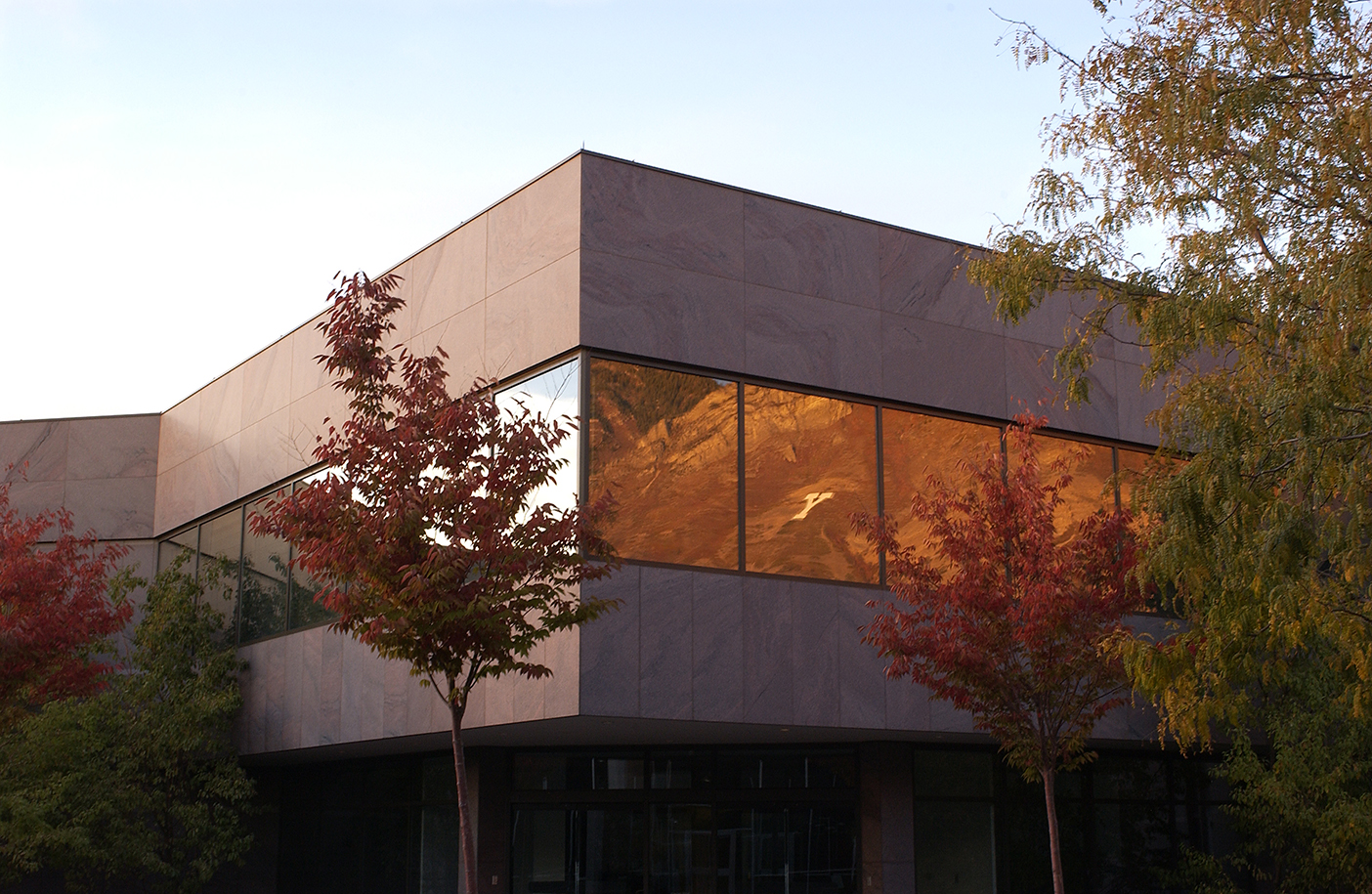
Jerusalem Center Gardens
Building on the Wheatleys’ landscape enhancements in Provo, when the university built the Jerusalem Center for Near Eastern Studies, Jack stepped in to help with the gardens and water features that welcome visitors to the center. “I think the two great things in Jack and Mary Lois’s life, and they’re related, but it’s been the gospel and beauty, and they’ve married those,” says Elder Jeffrey R. Holland (BS ’65, MA ’66), who was president of the university at the time. “I think the art museum falls into that, the tree planting falls into that, the gardens of the Jerusalem Center fall into that, and on and on. They’ve had a particular knack and a particular strength in uniting the gospel and beauty.”
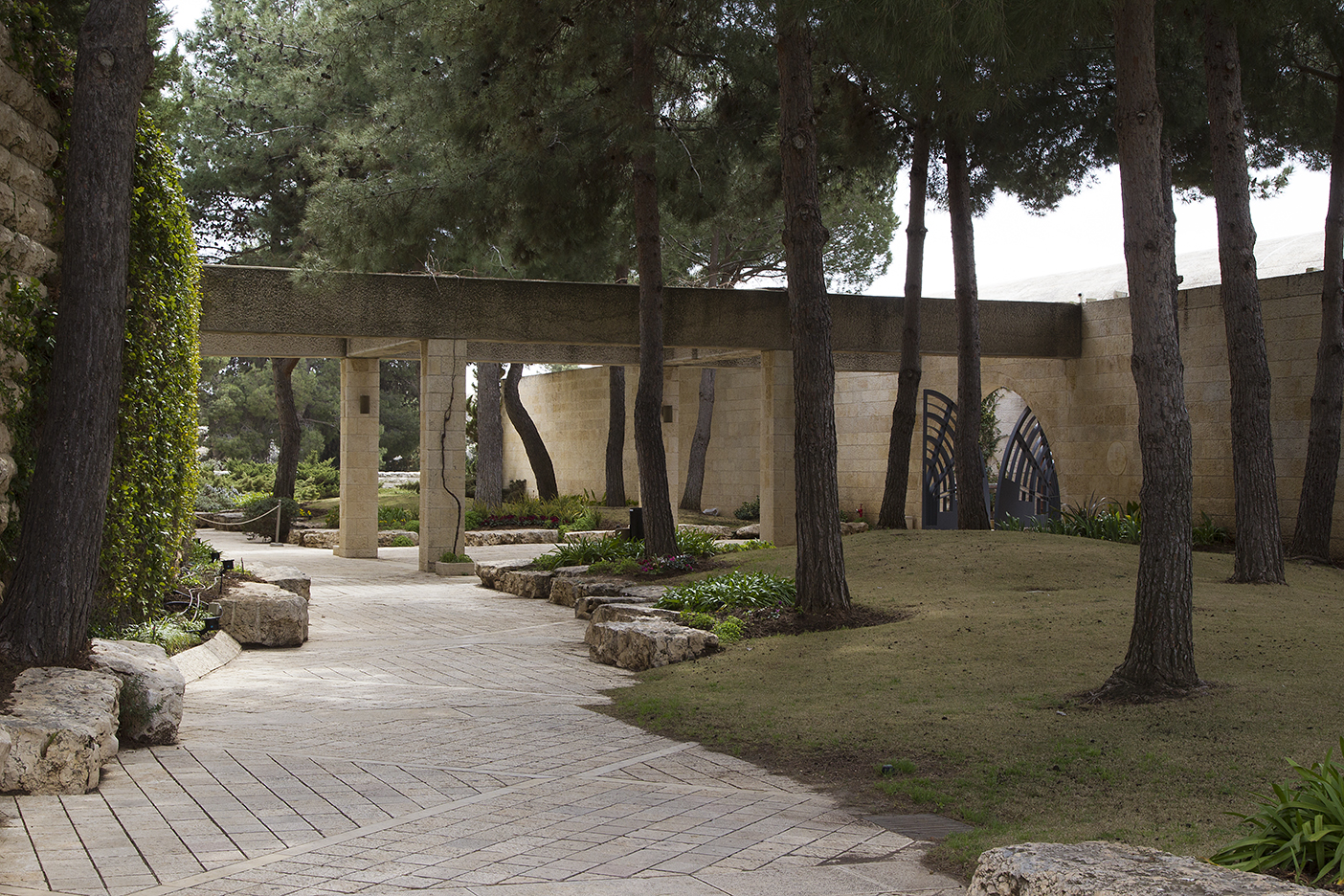
Lighting the Way Campaign
When the university launched an ambitious $250 million fund-raising campaign during the presidency of the late Rex E. Lee (BA ’60), Jack was an ideal choice to be one of the volunteer co-chairs for the initiative. “Jack is a great example,” says former BYU president Merrill J. Bateman, who took the helm of the university during the campaign and saw it through to completion. “He never asks anyone to do what he is not willing to do—and he is exceedingly generous.” Thanks in part to the Wheatleys’ efforts, BYU far exceeded its original goal, raising more than $400 million in four years.
President’s Leadership Council
Following the pattern of the successful capital campaign, with its volunteer team led by Jack and others, BYU formed the President’s Leadership Council in 2000 to keep its generous donors engaged and connected with university. Since it was created, Wheatley has been a cochair of the organization, which meets twice a year and has grown to include more than 150 couples or individuals. “We’re trying to develop people who feel that if there’ a need, they want to be a part of the solution,” says Jack.
Bloch Masterpiece
In October 2001 Jack and Mary Lois Wheatley pulled a curtain to reveal another gift: the Carl Bloch masterpiece Christ Healing the Sick at Bethesda. The large altarpiece, painted in 1883, was a national treasure in Denmark. When BYU learned that the painting was for sale, the museum director contacted the Wheatleys, who quickly consented to assist in acquiring it. The painting has become the museum’s signature work and “a constant reminder of our heritage and mission,” says Elder Bateman.
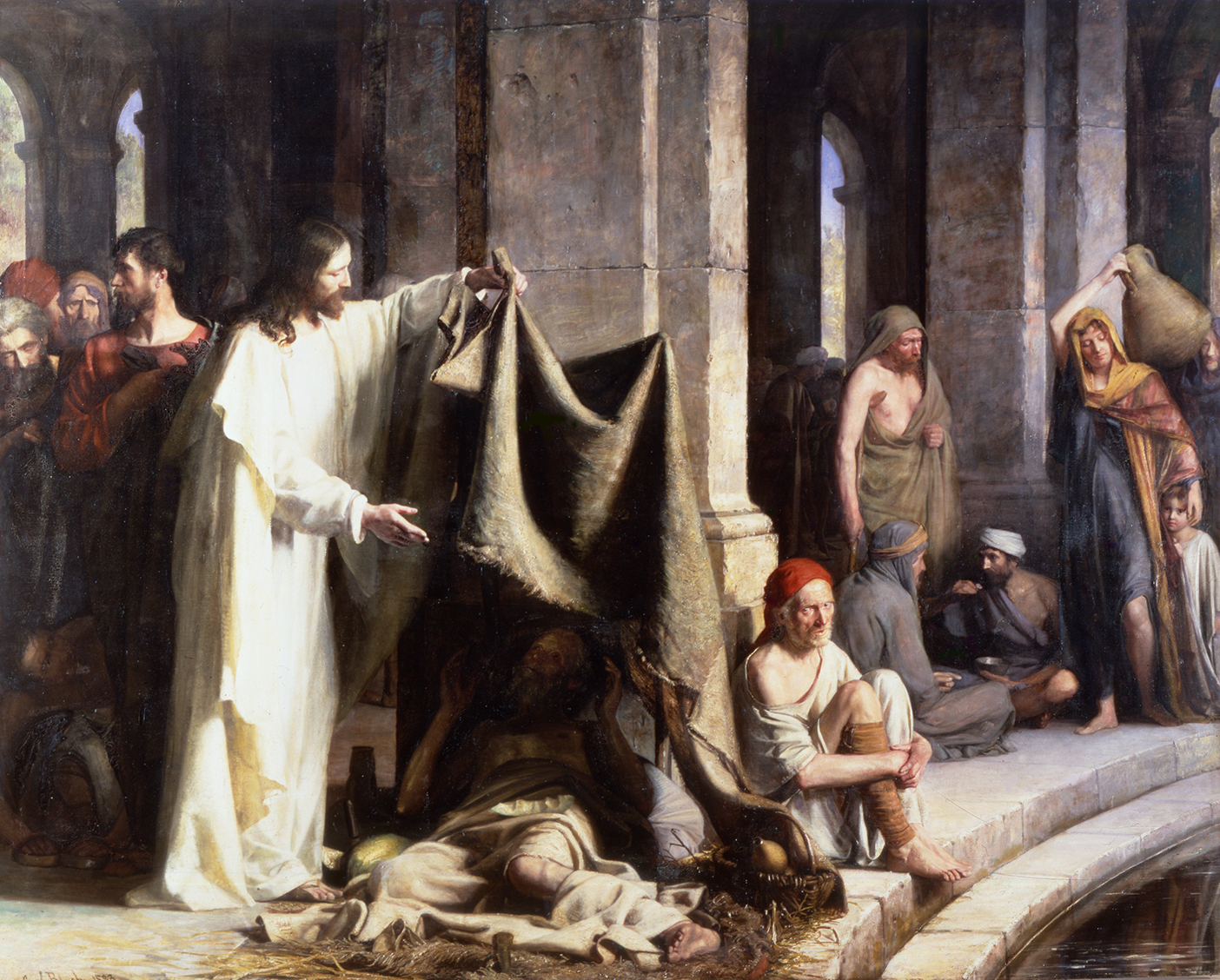
Hinckley Center
In addition to participating in academic buildings like the Joseph F. Smith Building, Jack helped lead a major fund-raising effort for the Gordon B. Hinckley Alumni and Visitors Center. “One of Jack’s concerns is that we need to involve the alumni of BYU [in fund-raising] much more than we have,” President Cecil O. Samuelson explains. The Hinckley Center became a perfect opportunity to reach out to alumni. The resulting Hinckley Center fund-raising effort represented an outpouring of love and support for a beloved prophet.
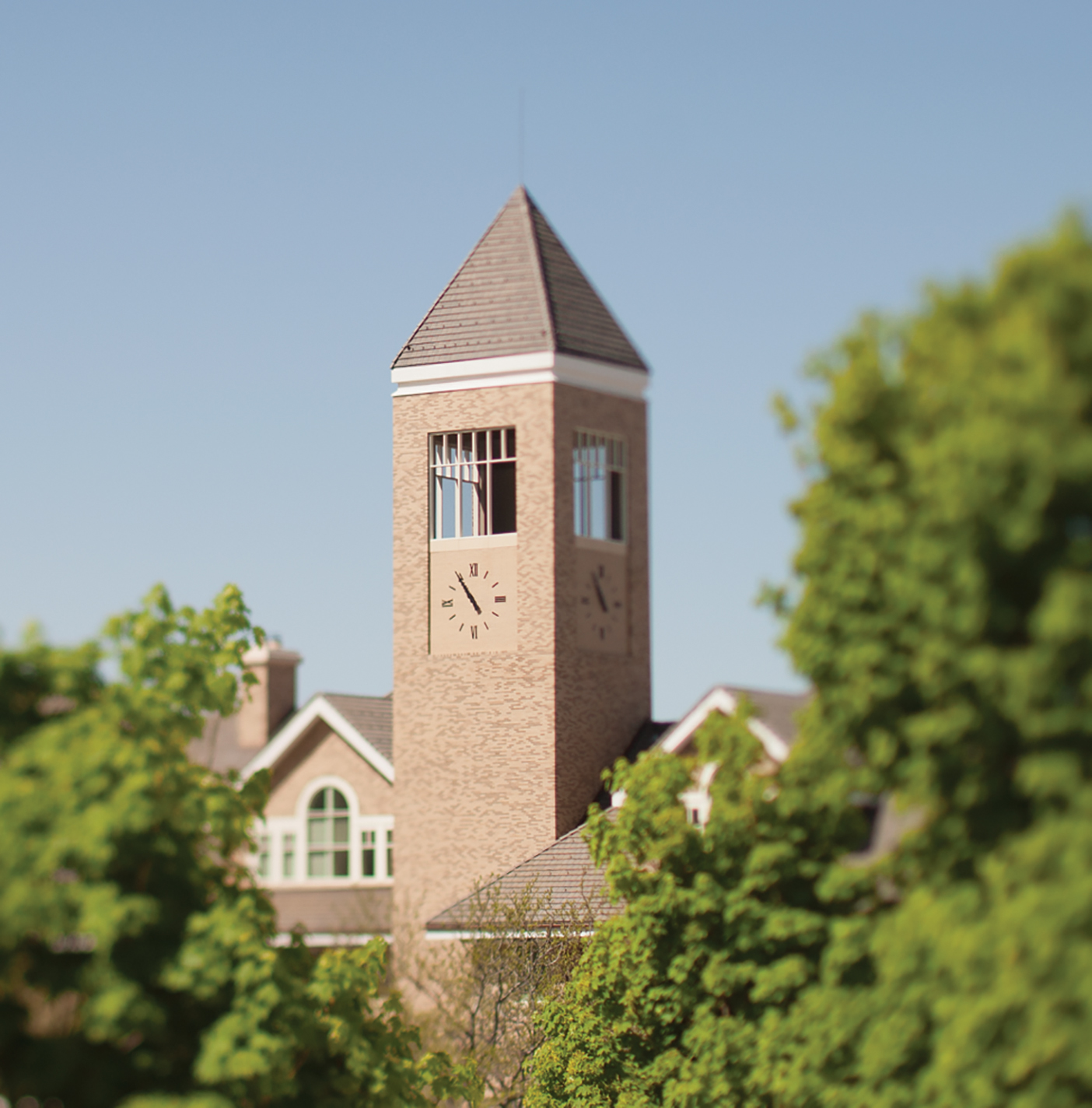
Wheatley Institution
The crowning Wheatley achievement over time may prove to be the Wheatley Institution, a program still in its infancy. The institution seeks creative and powerful ideas that lead toward practical and constructive solutions to real societal issues. Its focus includes strengthening the family, improving education, pursuing international understanding and solutions, raising ethical standards, and defending moral values. Through the Wheatley Institution, such guests as Fidel Ramos, former president of the Philippines, and Condoleezza Rice, former U.S. Secretary of State, have visited BYU campus. In addition, the institution sponsors academic fellows who come to campus and share their talent, expertise, and ideas.


